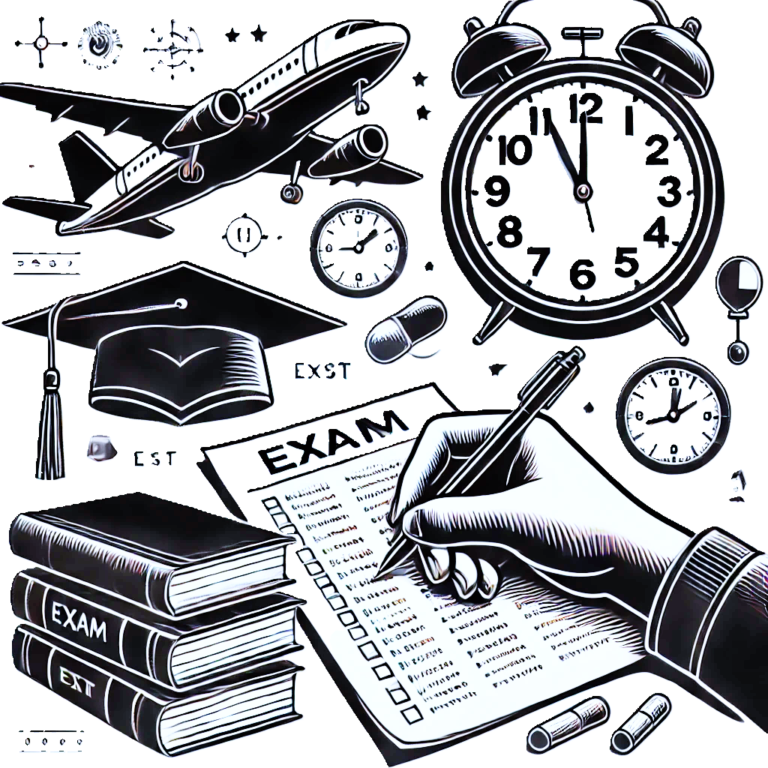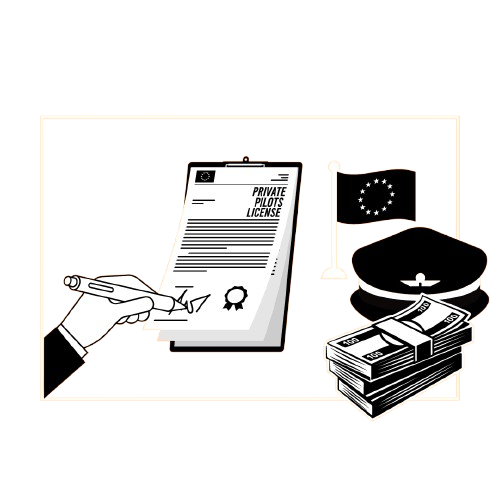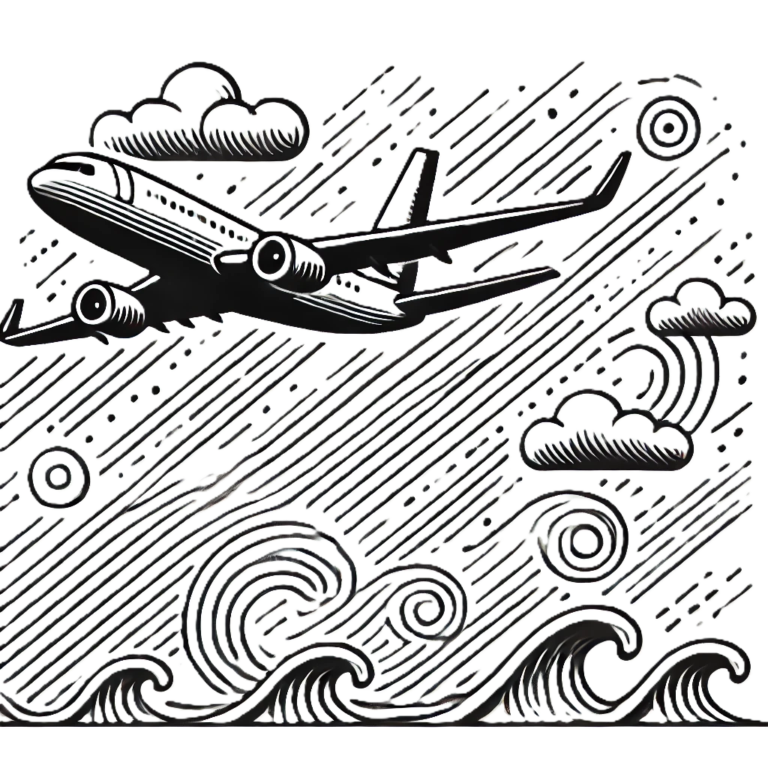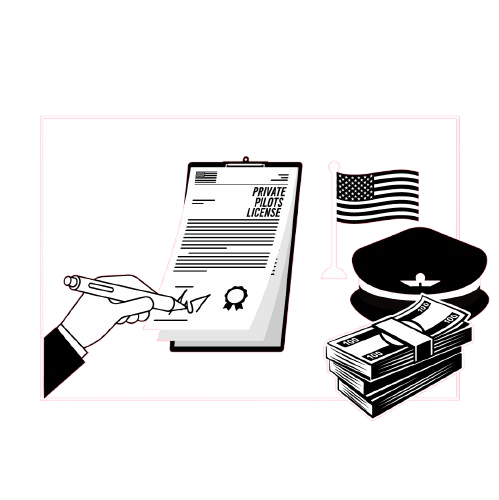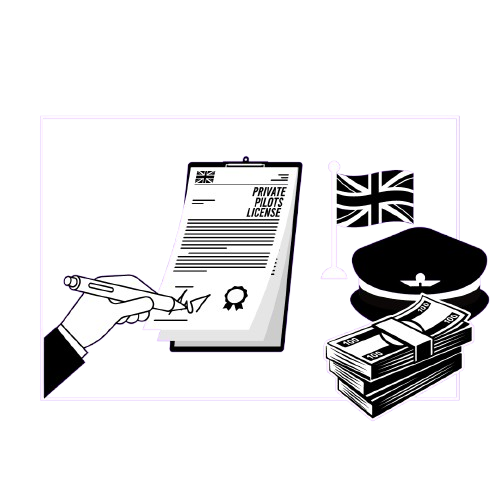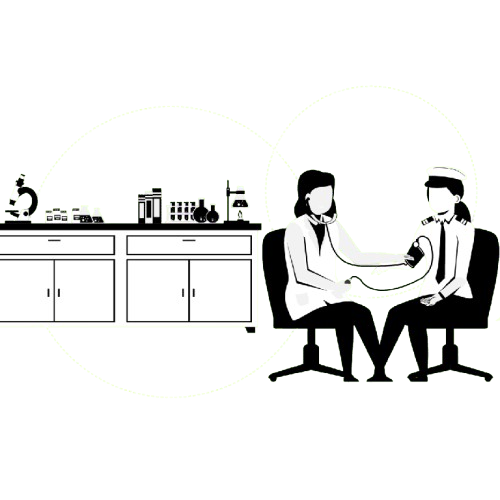The 1500 Hour Rule – What Is It And Why Does It Exist?
The 1500 Hour Rule – 10 Minute Read
There is a massive difference between how long it takes to become a commercial pilot in the United States vs how long it takes in the UK/Europe, which is caused by the 1500-hour rule.
You can read our detailed how to become a pilot guide.
There is a massive difference between how long it takes to become a commercial pilot in the United States vs how long it takes in the UK/Europe, which is caused by the 1500-hour rule.
You can read our detailed how to become a pilot guide.
The 1500-hour rule is a law by the Federal Aviation Administration (FAA) that requires all pilots in America to have at least 1500 hours of experience/flight time before being eligible to fly for a regional airline or major airline (such as FedEx, American Airlines, Delta etc.)
Whereas pilots in rest of the world only need 250 hours.
This has caused a huge pilot shortage in America.
This means that newly qualified cadets cannot become airline First Officers until they acquire the hours of flight time required and are therefore forced to spend additional time (usually 12-24 months) hour building as instructors (or other methods) until they can apply to these airlines.
This differs from the law set out by the Civil Aviation Authority (CAA) and the European Union Aviation Safety Agency (EASA) in the UK and Europe, which allows pilots to enter into a major airline after their flight training (with a frozen airline transport pilot license) and far fewer hours of just 250 flight hours.
The 1500 hour rule is the main reason behind the huge pilot shortage that America is currently facing.
Therefore, this 1500 rule does not exist outside of the remits of the American FAA and, therefore, not in the rest of the world.
I walked straight out of flight school and into a job on the Airbus A320 aircraft with easyJet within weeks of finishing my flight training.
Before the 1500 hour rule, prospective pilots could earn their ATP with a Commercial pilot’s license, a minimum of 250 hours of flying, plus airline-specific training.
The FAA 1500-Hour Rule In America
Commercial Pilots Need 1500 Hours To Work For Airlines In America
Yes, even after becoming fully qualified with a commercial license from their certified, structured training programs, newly qualified cadets in America will still need to log 1500 flying hours before they are legally allowed to work for an airline.
This means that even after all of the training that it takes to get to this point, which includes:
- Ground School,
- Basic Flight Training,
- Instrument Training,
- Night Flying and more,
these pilots will still need to achieve a further 1250 hours before an airline is legally allowed to employ them.
Are There Any Exemptions?
There aren’t any exemptions to the 1500 hour rules in America. It is a legal rule set out by the FAA.
However, this 1500-hour rule does not exist in Europe and the UK.
Newly Qualified cadets in the UK/Europe will complete their flight training with just 250 hours and be immediately eligible for airline employment.
Plots require 250 hours to get their Commercial Pilots Licence.
Why Does The 1500 Hour Rule Exist? The Colgan Aviation Accident
We must look at where this 1500 hour rule came from for more information.
Before covering this tragic accident, I want to point out how unbelievably safe air travel and the airline safety culture is.
The most significant risk, by far, that passengers will face when flying as a passenger is, without doubt, the car journey to the airport.
The so-called 1,500 hour rule was passed after the fatal Colgan Air crash in February 2009 in America.
The crash also led to new requirements for a minimum rest period for pilots before a flight.
The official National Transportation Safety Board (NTSB) website report can be read here.
How Do Pilots Achieve These Extra Hours To Get Their ATP Certificate?
Some pilots will pay for these extra hours by renting smaller aircraft and paying for these flight hours.
However, most pilots will follow the second method and exercise the privileges of their Commercial Pilots Licences (CPL) by earning money from their flying.
Most will get their flight instructor qualification (at an additional cost), and then be paid to teach people how to fly.
This is the usual pathway to becoming an airline pilot in America’s aviation industry/airline industry.
Most flight training schools will offer an Instructors Rating within a structured training program and then employ these instructors once they have finished their course.
Others might fly cargo, tow banners, transport parachuters to altitudes, crop dust fields or fly for smaller transport outfits, transporting fewer passengers.
How Long Does It Take To Get 1500 Hours Of Flight Time?
It can take a long time to acquire the additional 1250 hours required for these pilots to join airlines.
Some flight training organisations in America brag that they can help their newly qualified CPL holders achieve these hours in just 12 months.
However, this looks pretty punchy to me, considering that the legal limit for Airline Pilots is 900 flying hours a year, which is very busy (trust me, I know)!
Realistically, even expediting the process, you can expect this process to take between 12-18 months.
You can read more about how long does it take to become a pilot in our detailed blog post.
Airline Operators Also require Flight Hours To Be On Specific Aircraft Types.
As well as the 1,500-hour rule, we also need to consider the airlines’ requirements.
It’s worth noting that some airlines require a certain number of these 1500 hours to be made up by flying certain aircraft types.
Most airlines in America require around 1000 hours to be flown on aircraft of a certain weight.
Some airlines will only employ pilots with this experience on jet or larger turbo-propeller aircraft.
However, there is good news.
Due to the lack of pilots who are eligible for employment by the airlines, Southwest airlines has just changed its entry requirements.
Pilots still need to follow the 1500 hour rule, but of these 1500 hours, only 500 need to be made up by flying larger turbo-propellor or jet aircraft.
This is a step in the right direction, and hopefully, we will see other airlines reduce their entry requirements, also.
As you have read, getting into the airlines in America is more complex than just following the 1500 hour rules on its own!
The 1500-Hour Rule In America – A Pilots Opinion
This is my personal opinion on the 1500 rule and not that of any employer etc.
To someone who has completed the pilot training process and entered into airline employment with just 250 hours, the 1500 hour rule seems unnecessary.
Pilots In America Get Brilliant Training
Like those in the UK and Europe, flight training organisations in the USA must adhere to strict training standards.
Cadets will qualify with a very proficient skill level with a CPL licence, as it’s no easy task to get these pilot certification and qualifications.
With such strict flight safety standards imposed and monitored by the Federal Aviation Authority, the standard of pilots in America is extremely high, just as it is in the UK and Europe.
Hour Building Isn’t Relevant To Flying A Commercial Jet
Commercial Pilots must complete an additional 1250 hours before they are eligible to join the airlines, which seems illogical.
Therefore, there has been much backlash against congress about removing this 1500 hour rule, with many airlines signing a petition to remove the requirement.
I think that hour-building as an instructor is unnecessary, and the 1500 hour rule isn’t very realistic to the demands of airline flying.
Mainly because 99% of these pilots will conduct their hour building instructing on, or just flying, small, single-engine aircraft.
Not only this, but they will be operating under and flying Visual Flight Rules (VFR), which is entirely and utterly different to flying a twin/multi-engine jet under Instrument Flight Rules (IFR), which is what airline pilots are required to do.
Will flying a Cessna 172 for an additional 1000 hours make a pilot safer and more mentally prepared when flying a large jet, an aircraft that burns more fuel per hour than the Cessna weighs? I’ll let you be the judge of that.
I would also like to add that the pilots onboard the unfortunate Colgan crash that led to this 1500 rule had more than 1500 flight hours before the rule was even implemented.
One thing is for sure, though. This 1500 hour rule has created a colossal pilot shortage in the USA.
Pilot training is already costly and puts many people off the job prospect.
When you also throw into the mix that a pilot must complete over a thousand hours after paying this considerable pilot training cost, it’s certainly enough to put a new pilot off the idea.
No 1500 Hour Rule In Europe/United Kingdom = No Pilot Shortage
This lack of 1500 hour flight experience rule means there is always a fresh supply of pilots waiting to be snapped up by airlines in the UK and Europe.
Therefore, there isn’t nearly as much of a pilot shortage in these locations compared to the severe pilot shortage in America.
These lucky pilots usually join an airline with a ‘Frozen’ Airline Transport Pilots Licence (ATPL), and therefore don’t need to follow the 1500 hour rules.
This licence becomes unfrozen and, therefore, a full ATPL once the pilot has completed 1500 flying hours and the ATPL skills test on their particular aircraft type in the simulator.
This skills test usually involves flying a manually flown, ‘raw data’ ILS approach.
In plain English, it is a procedural approach without using automatics (no autopilot or auto-thrust).
Once they have completed this, the licence becomes a full ATPL, which is necessary to become a captain.
Is the FAA going to change the 1500 hour rule?
No.
There has been discussion around the possibility of changing the 1500 hour rule, with some arguing that it is outdated and unnecessary and others believing that it should be maintained as it helps to maintain safety standards in the aviation industry.
However, the FAA has indicated that it is unwilling to remove the rule.
To Summarise – The 1500 Hour Rule
Despite the pilot shortage, the 1500 hour rule is here to stay.
As someone who completed their pilot training in the United Kingdom and therefore didn’t need to follow the 1500 hour rule, it does seem rather excessive.
The Colgan Air flight was a terrible accident. However, some see the 1500 hour rule as a knee-jerk reaction.
However, despite the airlines putting the FAA under a lot of pressure to change the rules, it does look like this 1500 hour rule is going to be sticking around.
Do you think cockpits and the industry are safer with this 1500 hour rule?

